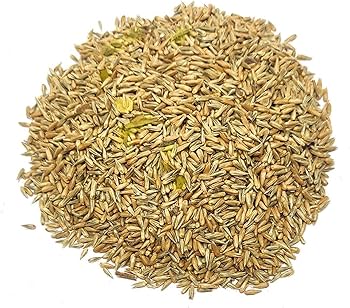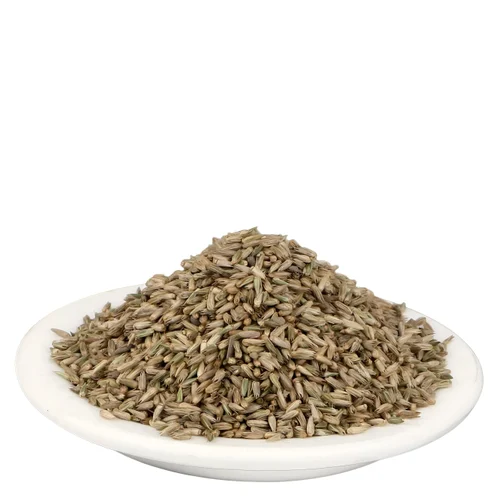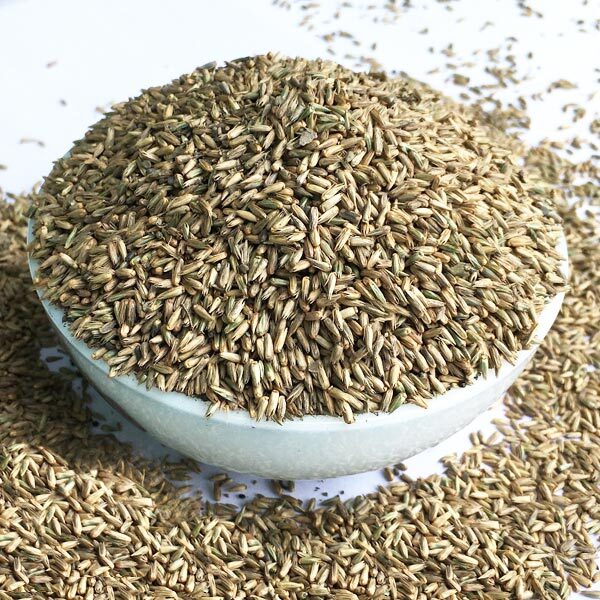INTRODUCTION
English name: Prickly Chaff Flower or Devil’s Horsewhip
Urdu name: پٹھ کنڈ, چرن امل

Apāmārga (Achyranthes aspera) is a hardy, erect herb that can grow up to 1–2 meters tall. Its stems are rough, angular, and often purplish, with tiny, stiff hairs covering the surface. The leaves are simple, opposite, and oblong to elliptical in shape, with a rough texture and a green or grayish-green color. The flowers are small, greenish-white, and grow in long, slender spikes that can reach up to 75 cm. Each flower has a bristly appearance, with sharp, spiny tips that can easily stick to clothing or fur. The seeds are small, flattened, and reddish-brown. Overall, the plant has a rugged and slightly thorny appearance, reflecting its resilience in harsh environments.
Uses
Apāmārga (Achyranthes aspera) is a significant plant in Ayurvedic medicine, traditionally used for various medicinal purposes. It has several health benefits, and in Ayurveda, it is valued for its potential to treat digestive disorders, respiratory issues, skin diseases, and for its anti-inflammatory properties.
In spiritual practices, Apāmārga is sometimes used in rituals, believed to cleanse the environment of negative energies.
Types
Apāmārga (Achyranthes aspera) primarily refers to one species, but there are variations within the color. Some common types or closely related species include:
Green Apāmārga – The most common type, with greenish stems and leaves. The flowers are also light green or pale white, blending in with the rest of the plant. This is the variety most frequently found in tropical and subtropical regions.
Red Apāmārga (Rakta Apāmārga) – A variant with reddish or purplish stems, particularly at the nodes or joints, giving it a slightly different appearance from the green variety. This red-stemmed variety is sometimes thought to have stronger medicinal properties in Ayurveda, particularly for blood-related disorders.
These types are generally similar in appearance and medicinal properties but vary slightly in habitat and usage across different cultures.
Health Benefits
Apamarga offers several health benefits. Some of them are described below:
Digestive Health
Apamarga is good for your health in many ways, but one of the most important is that it helps your digestive health. It gets rid of the ama toxin in the body and helps the metabolism work better. The Apāmārga flower can be used to make a decoction that can help with colic pain, stomach problems, and bloating.

Apamarga is good for your Heart
In Ayurveda, Apamarga is thought of as a Hridya. It helps improve the health of the heart by getting rid of the cholesterol deposits that build up on the heart and make it hard for blood to flow. It also helps the heart do its job better.
Apamarga cure Cough
Apamarga is a strong remedy for colds. It helps break up mucus in the lungs and throat so that it can be passed out of the body. It also helps with frequent coughing and coughing fits.
Apamarga Controls Hunger
The vat a and kapha doshas in the body can be kept in check by the Apamarga tree. This herb can be used to treat diseases in which uncontrollable hunger is a symptom. Make Apamarg porridge and give it to the patient. They will soon feel better after being sick. Also, you can break down the “ama” in your body, which is the food in your GI tract that hasn’t been broken down yet.
Apamarga act as Fever Reduction
Apamarga (Achyranthes aspera) is traditionally used to help reduce fever due to its natural febrifuge properties. It works by promoting sweating, which helps lower body temperature and expel toxins. In Ayurvedic medicine, Apāmārga is often used in formulations to manage symptoms of fever, colds, and flu.
Apamarga controls Blood Purification
Apamarga (Achyranthes aspera) is used to cleanse the blood in Ayurvedic medicine. It helps remove toxins and impurities from the bloodstream, which can improve skin conditions like acne and support overall health. By purifying the blood, it also helps with circulation and can treat blood-related issues, making it a useful herb for detoxifying the body.

Skin Care
Apamarga (Achyranthes aspera) is used in skin care for its ability to treat various skin conditions. Its antimicrobial properties help fight infections, while its anti-inflammatory effects reduce redness and swelling. It’s often used to manage issues like eczema, rashes, and minor wounds, promoting faster healing. By improving skin health and reducing inflammation, Apāmārga can help maintain a clear and healthy complexion.
Kidney and Urinary Health
Apāmārga (Achyranthes aspera) supports kidney and urinary health by acting as a diuretic, which helps increase urine flow and flush out toxins from the body. It is used to treat urinary tract infections (UTIs) and manage kidney stones. By promoting the elimination of waste through urine, Apamarga helps maintain healthy kidney function and prevents the buildup of harmful substances.
Side Effects
Apāmārga (Achyranthes aspera) is generally considered safe when used in moderation, but it can cause side effects in some individuals. Potential side effects include:
- Gastrointestinal issues
- Allergic reactions
- Diuretic effects
- Interactions with medications




